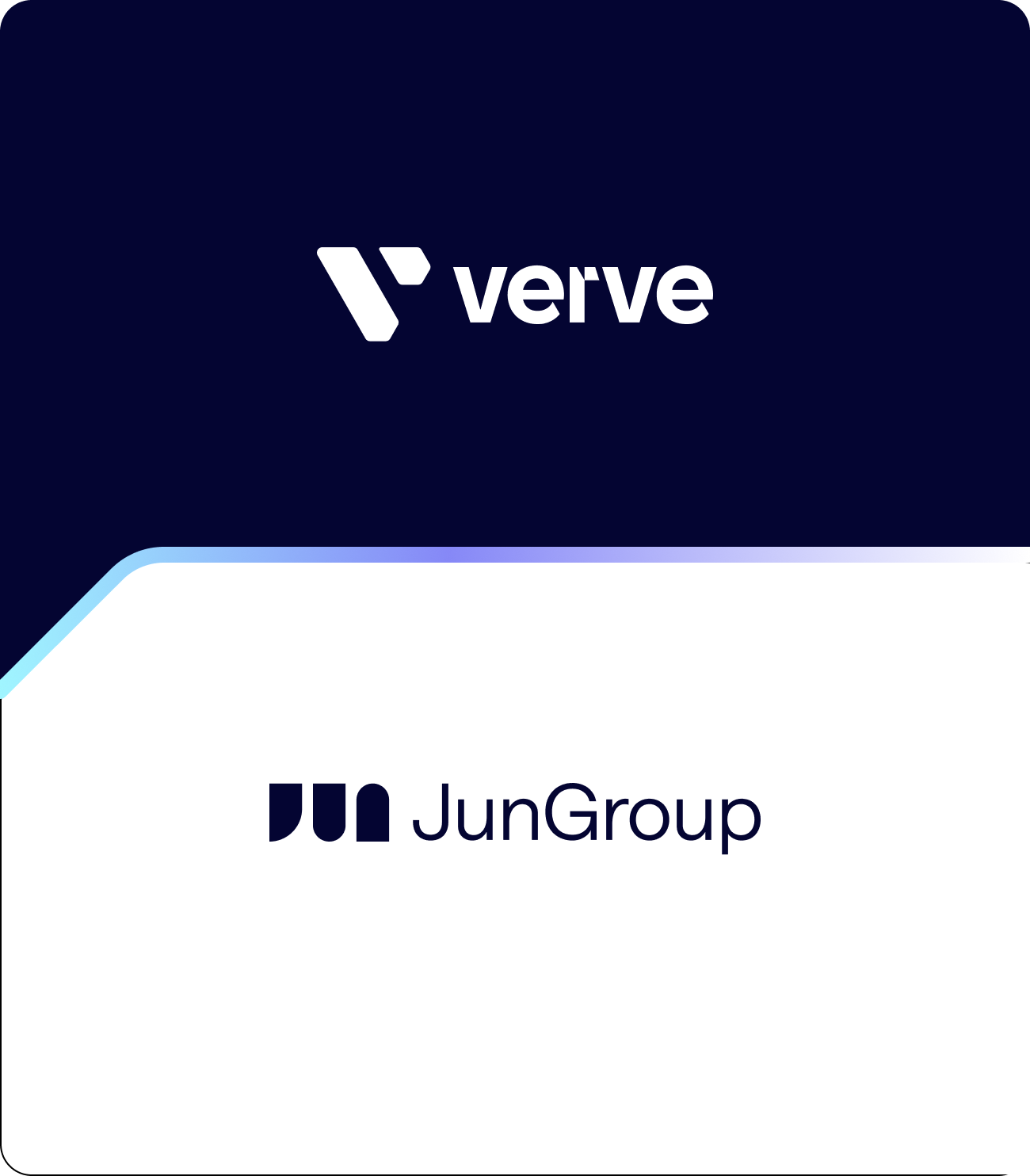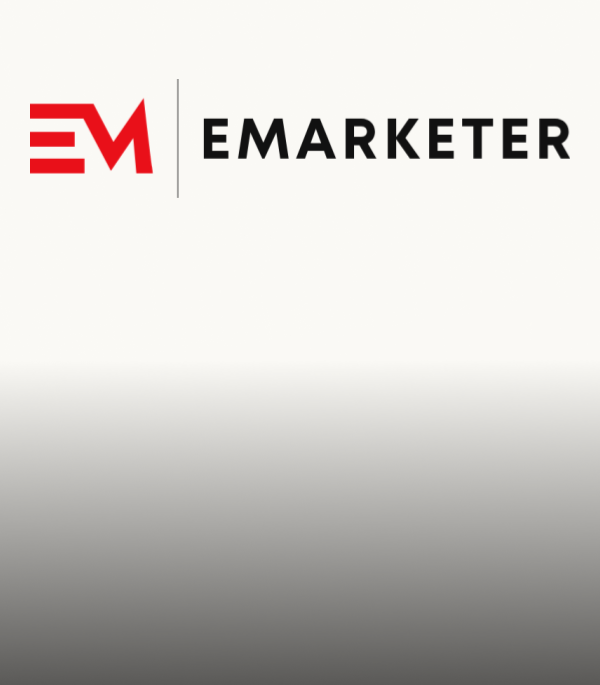NEW YORK, NEW YORK, UNITED STATES, April 29, 2024 — Verve today announced the release of ATOM 3.0, its enhanced solution for mobile user addressability. ATOM 3.0 is an industry-first, on-device targeting solution for iOS that gives mobile marketers the ability to meaningfully predict the traits of anonymous users in a privacy compliant manner. This offers a significant competitive advantage in an ecosystem where 75 percent of iOS users opt out of tracking, with a similar trend predicted on Android.
“Recent updates to iOS have altered in-app advertising. Many users have opted out of tracking, which has made a noticeable shift,” said Joey Stern, Ad Systems Manager, TuneIn.
ATOM 3.0 is now integrated into Verve’s HyBid SDK and will be capable of reaching more than 1.5 billion users across 10,000+ apps globally, making it the only scalable solution for targeting ID-less users on mobile. The vast scale of ATOM 3.0 ensures advertisers and publishers can maintain addressability and engagement with their audience, while respecting user choice. Excitingly, it will be made available for free for publishers and advertisers at the start, with the focus to foster widespread adoption and to maximize its impact across the digital advertising ecosystem.
ATOM (Anonymized Targeting on Mobile), initially released in 2021, distinguishes itself as the industry’s first on-device targeting solution that operates without relying on any personal identifiers (PIIs) or mobile IDs. By utilizing cutting-edge on-device AI, ATOM processes device signals and real-world context to predict user traits and classify them into dynamic cohorts. This innovative approach ensures that all data processing and storage occur securely within the user device. The 3.0 upgraded version offers several benefits including:
Enhanced On-Device Cohort Targeting
Thanks to more than two years of extensive development and testing, ATOM 3.0 will offer cohorts spanning across 10 key categories, including Behavioral, Demographic, Mobility, Attention, Engagement, Playtime, Personal Finance, Household, Activity, and Marital Status, providing advertisers with the tools needed to deliver highly personalized advertising experiences.
By analyzing a wide array of device signals and real-world contexts, such as app usage pattern, session duration, session depth, gestures, screen brightness and more, ATOM 3.0’s sophisticated on-device machine learning models classify users into cohorts like “Tech Enthusiasts,” “Active Gamers,” “Health and Fitness Advocates,” and “Frequent Shoppers” without user data ever leaving the device. Ad requests can be enriched with the cohort signals to help buyers make better decisions when IDs are unavailable. This method ensures full compliance with privacy regulations, as no personal identifying information is used or transferred to third parties.
Benefits for Performance Mobile DSPs
ATOM 3.0 provides incremental signals over and above the contextual intelligence received through the bidstream. While contextual signals such as app bundle ID or other metadata can indicate a user’s intent in a particular moment in time, it may not provide a sufficient picture of their behavior. By combining many such moments over a period of user activity, the attention based cohorts classified by ATOM 3.0 paint a detailed picture of user behavior to strengthen bid requests and allow DSPs to make more precise bidding decisions.
Future-Proofing the Advertising Ecosystem
As the digital advertising ecosystem grapples with the disappearance of traditional identifiers, ATOM 3.0 emerges as the only scalable solution designed to future-proof advertising strategies against evolving privacy regulations and shifting consumer expectations. Its on-device processing provides a scalable model making it a robust foundation for advertisers and publishers to thrive in a post-IDFA world.
“At Liftoff, our commitment to leveraging technologies that comply with privacy regulations is unwavering. ATOM, in particular, holds great potential to benefit publishers, advertisers, and consumers alike by fostering more meaningful and relevant advertising experiences,” said Gabrielle Mark, Business Development Manager of Liftoff.




